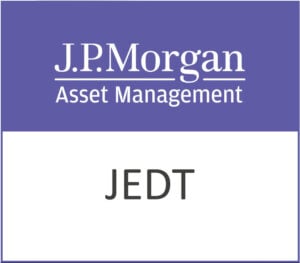Trustpilot Group PLC (TRST.L), a prominent player in the technology sector, is making waves with its innovative online review platform that bridges the gap between consumers and businesses. Operating from its headquarters in London, Trustpilot is not just a local sensation but a global entity with a significant presence in North America, Europe, and beyond. For investors eyeing dynamic companies within the software-application industry, Trustpilot presents an intriguing prospect.
Currently valued at a market capitalisation of $1.07 billion, Trustpilot’s stock is priced at 250.6 GBp. The stock has witnessed a modest price change of 5.00 GBp, reflecting a 0.02% increase. Over the past 52 weeks, Trustpilot’s share price has oscillated between a low of 186.70 GBp and a high of 355.50 GBp. This range indicates both the volatility and the potential for growth within its market.
From a valuation perspective, Trustpilot’s figures are somewhat perplexing. The absence of a trailing P/E ratio and a staggeringly high Forward P/E of 4,500.72 might raise eyebrows. While such metrics could imply speculative valuations, they also underscore the potential for future earnings growth. Additionally, traditional metrics like the PEG ratio, Price/Book, and Price/Sales are not available, possibly reflecting the company’s reinvestment strategies and growth-centric approach.
Trustpilot’s performance metrics highlight its growth trajectory, with revenue growth pegged at an impressive 20.90%. Although specific net income figures are not provided, an EPS of 0.01 and a Return on Equity of 11.93% indicate a company in the early stages of profitability with room for expansion. The company also reports a healthy free cash flow of £17,244,500, a positive indicator of operational efficiency and financial health.
For income-focused investors, it’s essential to note that Trustpilot does not currently offer a dividend, with a payout ratio of 0.00%. This is typical of growth-oriented tech firms that prefer to reinvest profits into further development and scaling operations.
Analyst ratings provide a mixed yet optimistic outlook. With seven buy ratings, one hold, and two sell recommendations, there is a prevailing sentiment of confidence in Trustpilot’s future potential. The target price range of 198.69 GBp to 427.86 GBp, with an average target of 328.93 GBp, suggests a potential upside of 31.26% from current levels. This potential upside is a compelling proposition for investors seeking growth opportunities in the tech sector.
Examining the technical indicators, Trustpilot’s 50-day moving average stands at 241.99 GBp, while the 200-day moving average is slightly higher at 266.96 GBp. The Relative Strength Index (RSI) of 39.90 suggests that the stock is nearing oversold territory, potentially indicating a buying opportunity. The MACD and signal line figures, 3.71 and 5.93 respectively, offer further insights into the stock’s momentum and trend patterns.
Trustpilot’s journey since its founding in 2007 has been marked by innovation and expansion. As a software-as-a-service (SaaS) provider, its platform not only empowers consumers to make informed purchasing decisions but also aids businesses in building trust and credibility. For investors, Trustpilot represents a blend of risk and reward, typical of tech stocks with significant growth potential. As the company continues to scale and refine its offerings, it remains a stock to watch within the competitive landscape of the software-application industry.










































